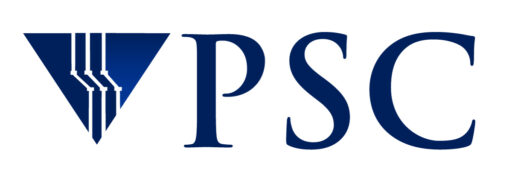
by Ken Chiacchia | Feb 15, 2023 | Bridges-2, Science Highlights
The two, massive neutron stars merge with a great gravitational clang — but little electromagnetic signal gets out. Scientists had not predicted absence of electromagnetic signal in 2019 detection A collision of two massive neutron stars detected by gravity-wave...
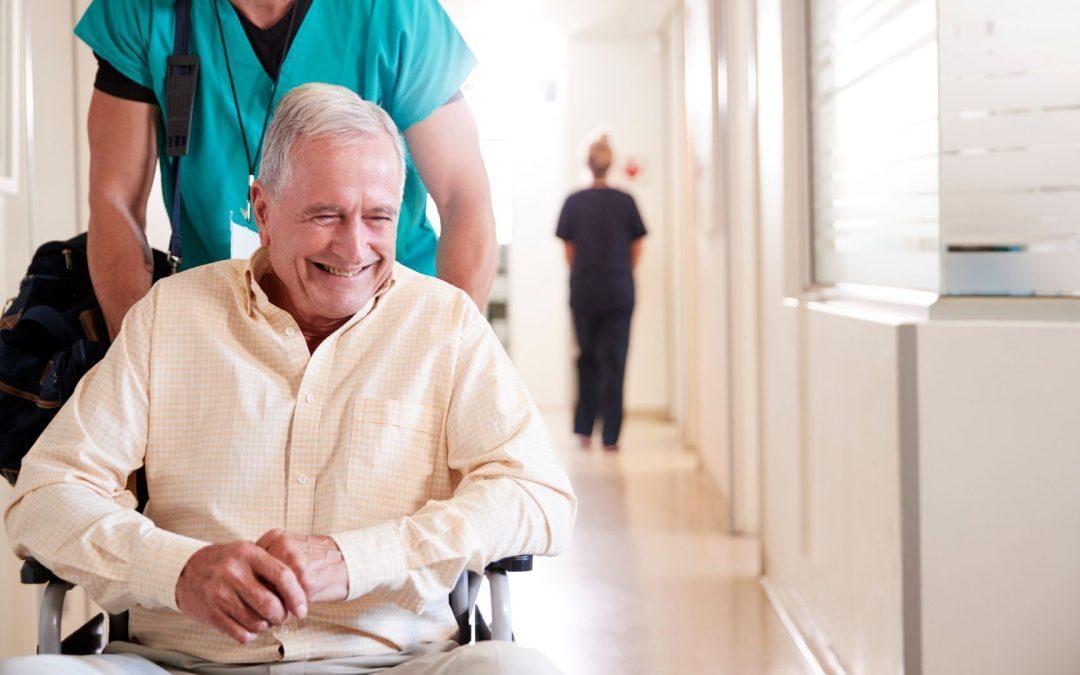
by Ken Chiacchia | Feb 1, 2023 | AI, Bridges-2, Science Highlights
Bridges-2-powered AI matches life-critical performance of other AI and non-AI alternatives — unlike them, its “thinking” is understandable to humans Artificial intelligence (AI) has transformed our lives, giving us a tool for vastly better-informed decision making....
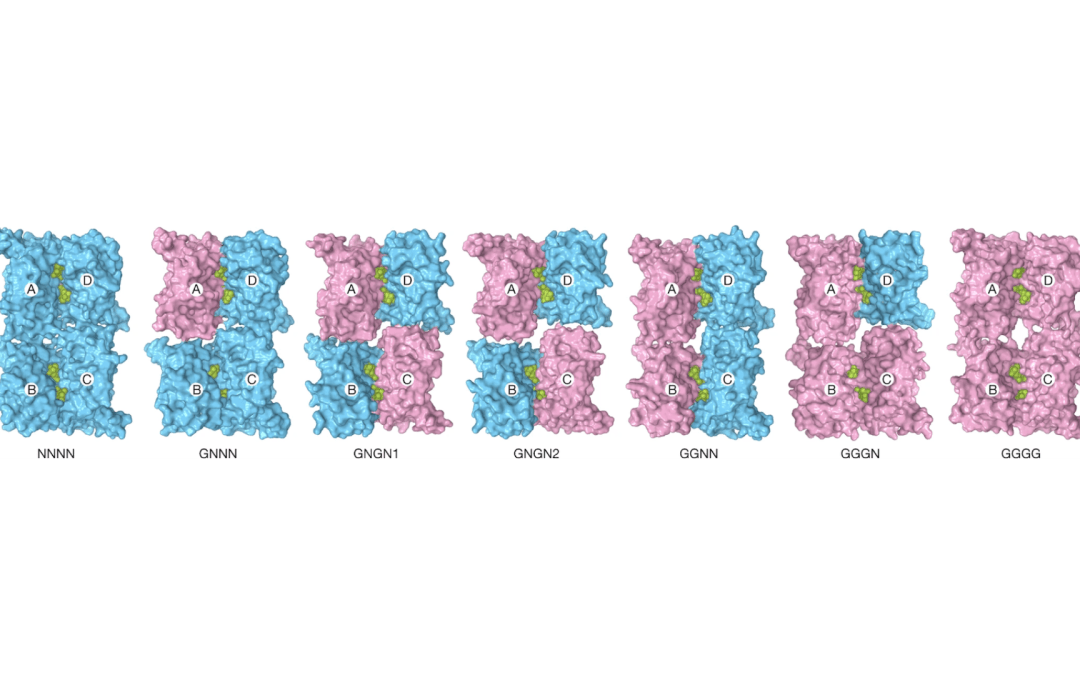
by Ken Chiacchia | Jan 18, 2023 | Anton 2, Bridges-2, Science Highlights
Different numbers of kinks in the iGlu-R protein from glutamate binding to the outside of channel cause its central pore (seen from the top looking down) to open progressively, allowing different levels of ion current to pass through. From Yelshanskaya, M.V., Patel,...
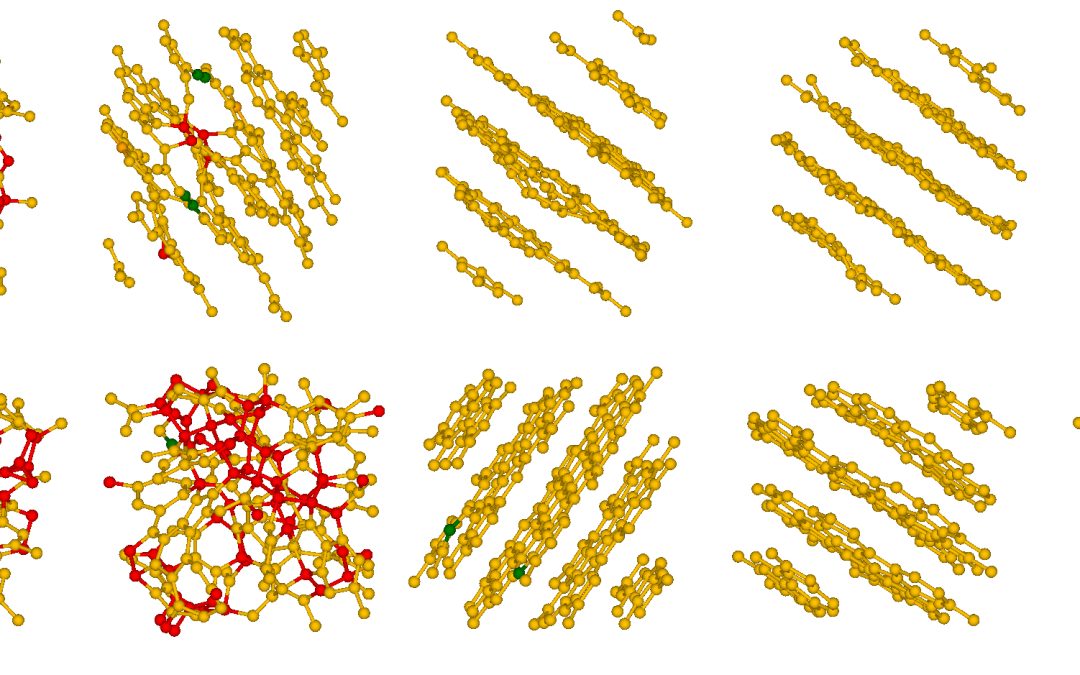
by Ken Chiacchia | Jan 5, 2023 | AI, Bridges-2, Science Highlights
Time series (left to right) showing two examples of how the random carbons in the artificial “coal” coalesce into graphite-like sheets under pressure and heat. The sheets aren’t perfectly flat because of the formation of a small number of five- and seven-member rings...
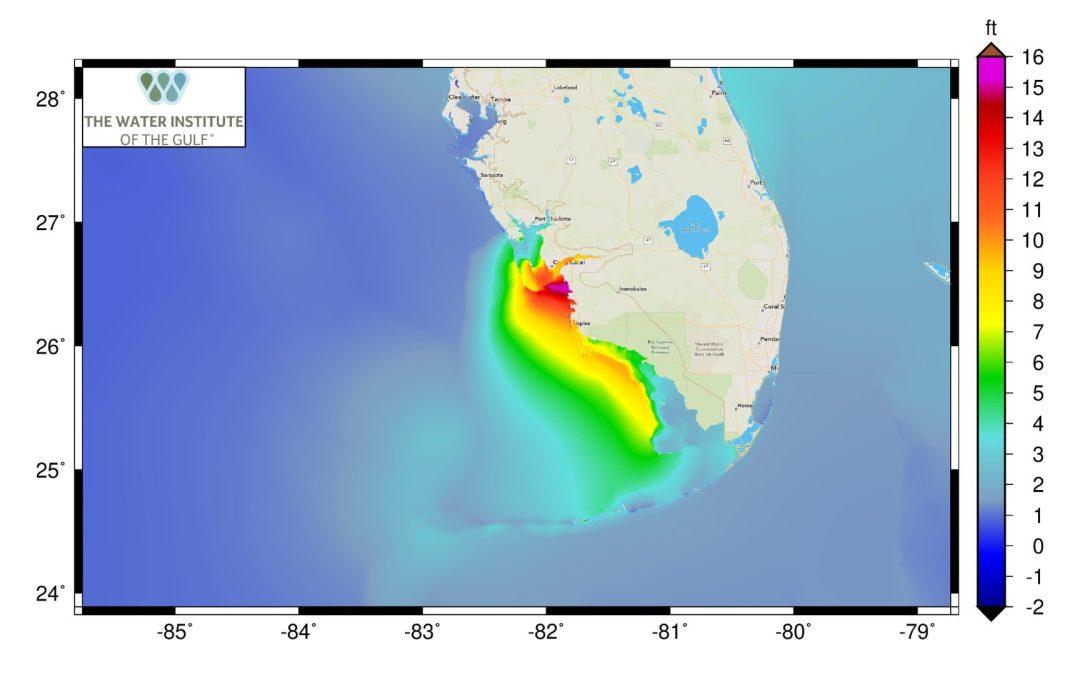
by Ken Chiacchia | Dec 14, 2022 | Bridges-2, Science Highlights
Peak water level simulated during Hurricane Ian by the ADCIRC model. Timely predictions assist emergency efforts throughout state, federal responses Hurricane Ian was a historically deadly hurricane. But fast storm surge predictions led by scientists at the University...
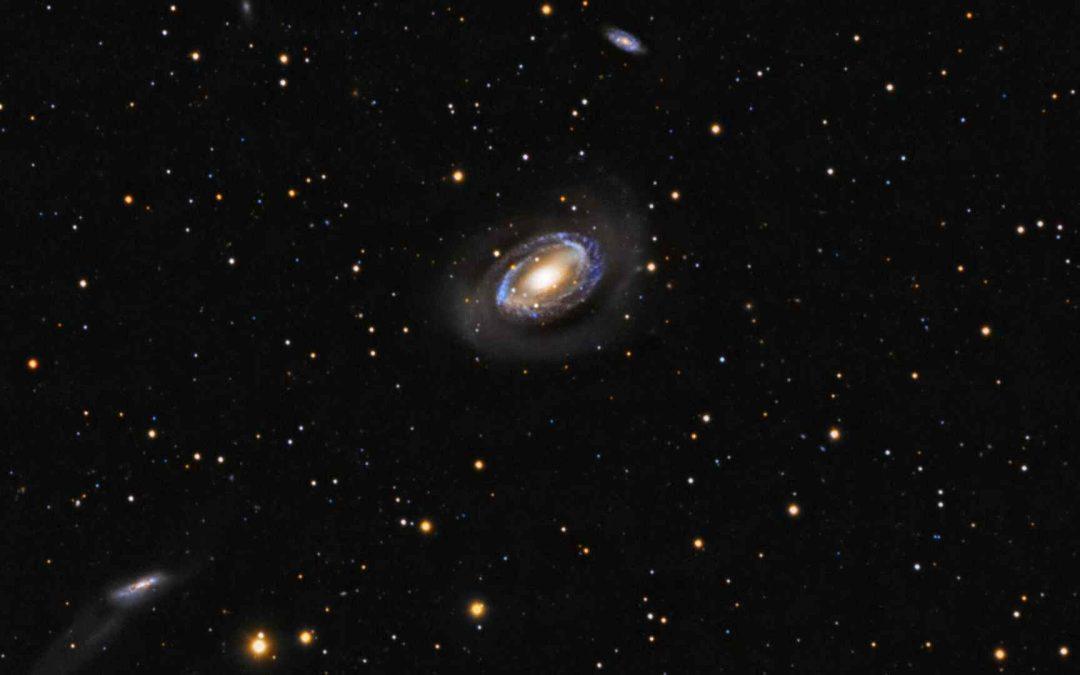
by Ken Chiacchia | Nov 1, 2022 | AI, Bridges-2, Science Highlights
The Coma Cluster contains more than 1,000 galaxies. Scientists have long been frustrated by large uncertainties in its mass. Predicted mass of huge Coma Cluster agrees with earlier, human-intensive attempts; offers fast, accurate measurement needed to understand early...







